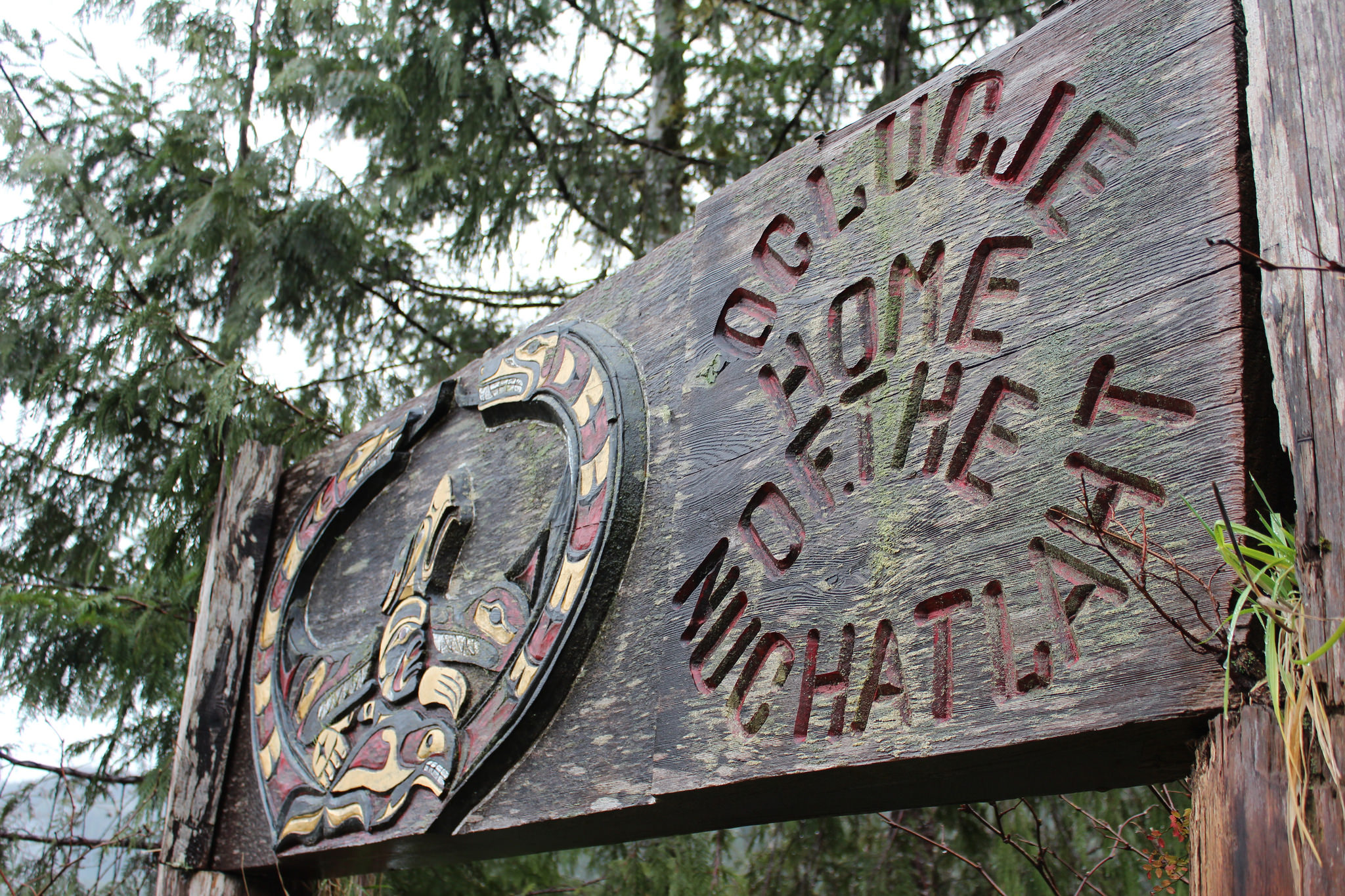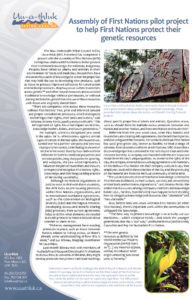
28 Apr First Nations protect their genetic resources
The use and preservation of traditional knowledge is related to First Nations livelihood, as their culture, survival, and stewardship of their lands and territories depend on it. For millennia, Indigenous Peoples have relied on plants and animals in their environment for foods and medicines. Researchers have drawn on this wealth of knowledge to screen for properties that may hold the key to developing new products, such as those to produce improved adhesives for construction and medical procedures.
The Nuu-chah-nulth Tribal Council led by Uu-a-thluk (NTC Fisheries) has completed a pilot project with the Assembly of First Nations (AFN) to help Nuu-chah-nulth First Nations better protect their traditional knowledge.
Unfortunately, in some instances researchers and industry have failed to respect and recognize First Nations rights, knowledge, and their longstanding practice of harvesting sustainably. Biopiracy occurs when researchers access genetic and other natural resources and associated traditional knowledge without permission, or without sharing the benefits gained from the use of those resources with those who originally shared them.
Although no federal regulations or policies exist to deal with these situations, the AFN looks to pre-existing protocols within First Nations organizations, and to international multilateral agreements, such as the Convention on Biological Diversity (CBD) and the Nagoya Protocol. Developing Access and Benefit Sharing (ABS) protocols from current agreements helps to define what elements are needed in an ABS protocol to make a decision about whether to share or not. First Nations and researchers are creating ABS agreements that benefit both parties and also safeguard the resource.



